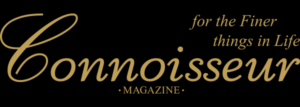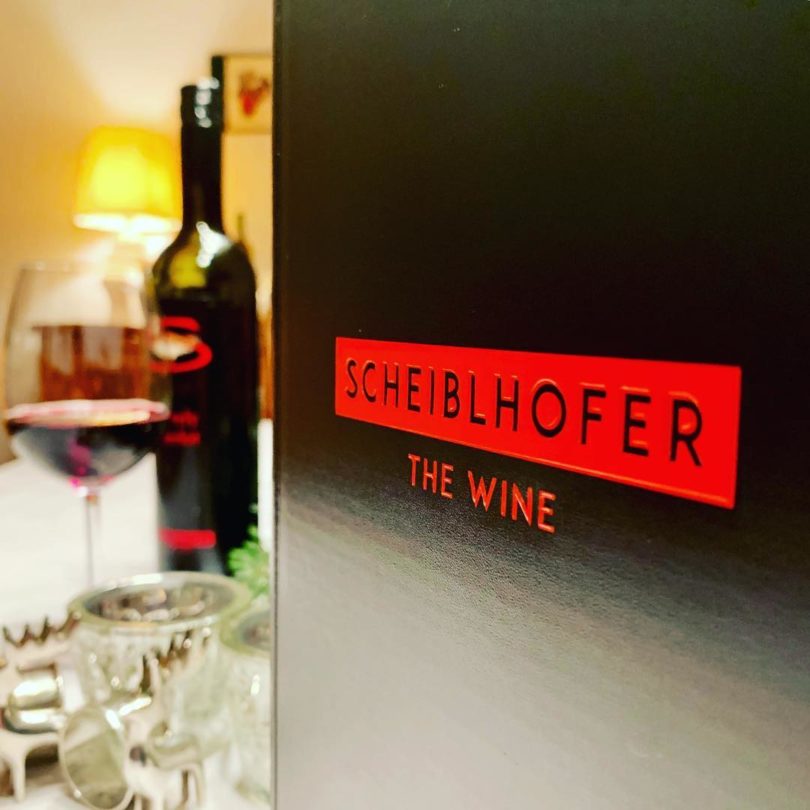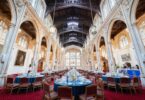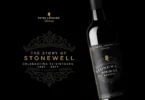Wine and Food in the Borderlands
Posted: 4th June 2019
These days when I go to Austria I seldom chance it beyond the Vienna’s wide city limits. Last week it was different: almost as soon as I arrived I was whisked off in a coach driven by Wolfgang the Bavarian and taken to Poysdorf on the ‘Brünnerstrasse’, the famous Brno Road. The Brünnerstrasse used to go all the way to Brünn or Brno in Southern Moravia but after Austria-Hungary lost the First World War it stopped at the River Thaya. The other side was the new state of Czecho-Slovakia. This rather downsized picture of Austria and the history of its wines was the theme behind the trip.
The ‘Brünnerstrasse’ was famous for the sharpness of its ‘Brünnerstrassler’ wines. They even had a coarse epithet to describe them, claiming they were so acid they would draw your shirt tails into your entrails via your fundament. When the sparkling wine craze hit Austria in the 1840s, the Brünnerstrasse found a new vocation: it became the plinth for wines made by the champagne-method: sour wines could be fattened up with sugar for the second fermentation.
Despite the vicissitudes of the twentieth century, the wines made either side of the frontier have remained very much in the same idiom, but I doubt that the sparkling wine producers in Vienna’s Döbling have access to wines from the Czech side of the border any more. I used to like the simple Grüner Veltliner wines from the eastern Weinviertel very much. They rarely achieved great ripeness but they were fairly priced and refreshing. This time I struggled: warmer summers have nudged them up by a degree or two robbing them of much of their acidity. I began to see the sense in the sparkling wines: they could be picked early, and that way retain some of their bite.
After lunch in a local inn we went to a tasting of Carnuntum wines at Schloss Hof, the former summer residence of Prince Eugene of Savoy: it is so close to the Slovakian Border that the gardens seem to collide with the tower blocks in the suburbs of Bratislava. The tasting was in the ballroom, which was in a muted, early classical style distinct from the original baroque and rococo conception of the house. We were urged to go out and look at the newly restored gardens, passing through the sublime sala terrena on the way. The tasting showed beyond doubt that Carnuntum is producing some of the best red wines in Austria: not just my old friend Hans Pitnauer, with his Bienenfresser, but also Muhr-van der Niepoort, Gerhard Markowitsch, and the new star Michael Auer.
We had a considerable treat that night in dinner at Zur Dankbarkeit in Podersdorf on the Neusiedlersee: the most authentic country inn on the far side of the lake and now in the fourth generation of ownership by the Lentsch family. You might have found the great sweet winemaker Alois Kracher enjoying a fag at the bar here before his untimely death a decade ago. Some two hundred years before, a Prussian count is supposed to have sought refuge in this building after killing a man in a duel and somewhere in the bowels of the inn there is a quaint series of paintings describing his life.







